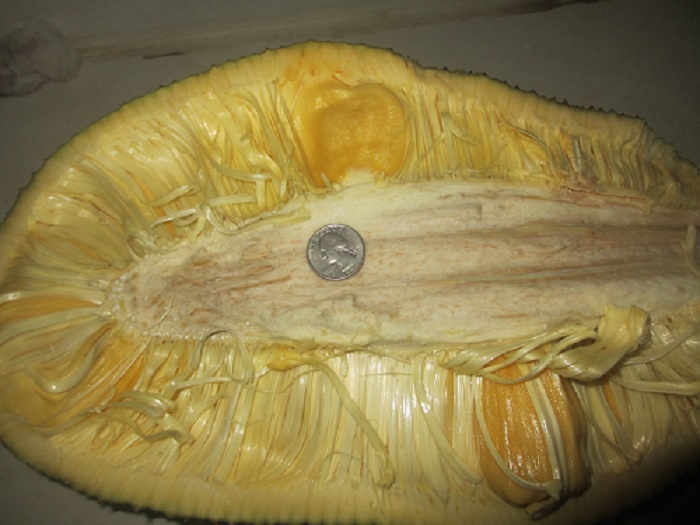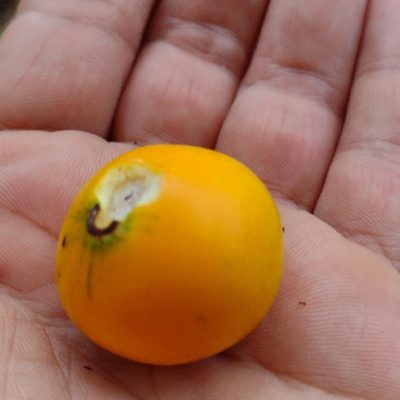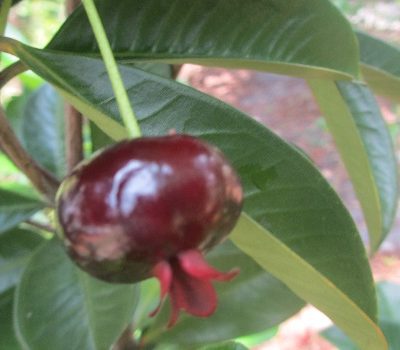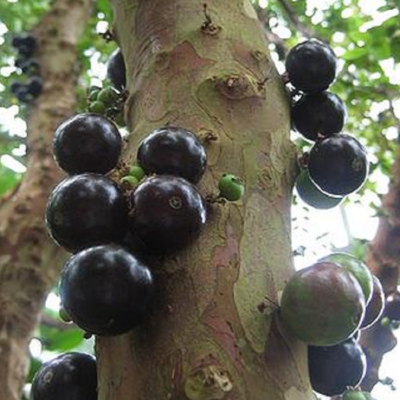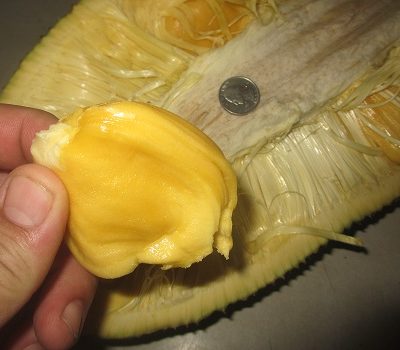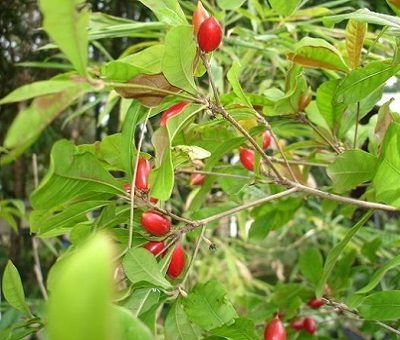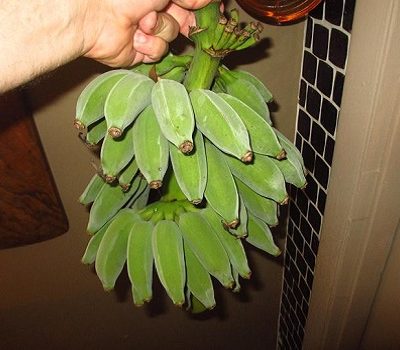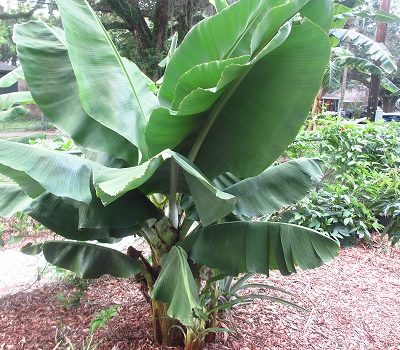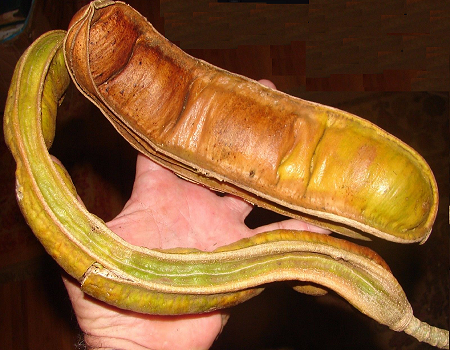Fruit
Exotic flavors just outside your door
It has become popular for people to grow their own food in their garden. Edible landscaping is a great way to get food that you can’t buy in the store. Growing tropical fruit trees is one of the best reasons to live in Florida. Many people move to Florida to enjoy the warmth and beauty of our sunny state, but miss the temperate fruits they were used to growing and eating up North. Here in Florida, we are lucky to be able to grow many tropical fruit trees that won’t grow anywhere else in the continental united states. Some of them are better than any apple or cherry. It just takes being a bit more adventurous, and trying some new fruits.
If you haven’t yet, I suggest trying some of the more exotic fruits that we have available here. There are many more varieties to choose from than most people realize. Even the tropical fruits that can be found at the grocery store, usually aren’t the best tasting varieties. A perfect example of this is the mango. Mangoes can be purchased at any supermarket, but the best tasting varieties bruise too easily. Plant a “Nam Doc Mai” mango tree in your yard and you’ll see what a mango should taste like.
Often times, the really interesting fruit does not ship well, or it has a short shelf life.
So the only way to taste these fruits, is is to grow them yourself.
If I hadn’t grown Barbados cherries, miracle fruit, grumichama, jabotocaba, or cherries of the rio grande, then I would not have ever had the opportunity to taste them. I have many other fruit trees that I am growing that I have not tried yet. Waiting for them to fruit is part of the fun, and when they do, it is one of the most rewarding things I have ever experienced.
Carpe diem does not mean seize the day. It means pluck the day. Such as plucking a fruit from a tree. I feel badly for my fellow countrymen, that have only tried apples, pears, and peaches, etc. Not that there is anything wrong with those fruits, but there are thousands of fruits in the world, and many of them are like the food of the gods. Don’t be afraid to try new fruits. Carpe diem!
The Fruit Trees I’m growing
Jakfruit
Click here for more information
Fruiting Plants
Most of the tropical fruit grown in Florida, grows on trees, but some of the fruiting plants that I talk about in this section, such as; pineapples, bananas, and passionfruit, are not trees. A discussion of tropical fruit in Florida that doesn’t include them, would be just as incomplete as a tropical garden that doesn’t grow them.

Frequently, the best fruits grow on plants that are not trees. Passionfruit is one of the most delicious fruits in the world. It has beautiful flowers and it grows on large attractive vines. If you have an ugly chin link fence, you can cover it with one of these beauties, and you’ll get fruit in one year.
Pineapples are bromeliads. They grow from a spiny rosette. For such a small plant, they grow a very large fruit. When you allow a pineapple to grow to ripeness on the plant , the flavor is better than any pineapple from the grocery.
Growing Tropical Trees Outside of the Tropics
I frequently get asked about growing fruiting plants and trees in temperate climates. Though it is not the easiest thing to do, it is possible to do it successfully. You have to have a strategy though. When choosing varieties, look for compact growers and trees that will produce in containers. There are many varieties of mangoes that can be kept pruned down to six feet and still produce quite well. Pickering or Malika are good choices. They will produce at a very small size in a container. Kent would not be a good mango cultivar for container growing. They grow vegetative growth too vigorously, and produce at too large of a size. A little research will go a long way. Feel free to contact me for advice.
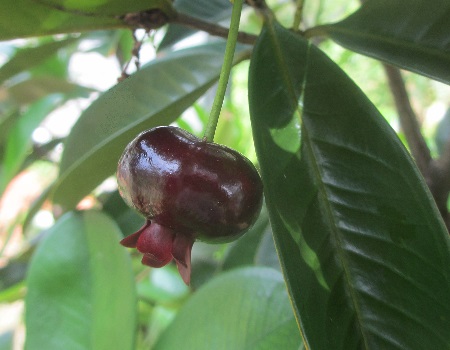
If you have a large South facing window you could Winter a mango tree indoors, and put it outside in The Spring and Summer. The mango tree will not be likely to bloom well without the proper seasonal triggers, but the good news is that you can force a mango to bloom. I made a video showing how to force a mango to bloom (click here for the video).
Some trees are just naturally small, and produce well in containers, such as Barbados cherries, and miracle fruit. Some banana cultivars get twenty feet tall, and will not successfully produce fruit in a Northern climate, others like dwarf Cavendish varieties, such as “Double” or “Truly Tiny” would be much better choices.
Some trees are way too sensitive to cold, or to lack of humidity, to be grown as houseplants in Winter. Mangosteen, soursop, cocoa trees, and cainito, are examples of trees that are unlikely to survive and produce when grown in this way. They begin having problems at around 55°F. Without a heated greenhouse these plants will defoliate and die.


